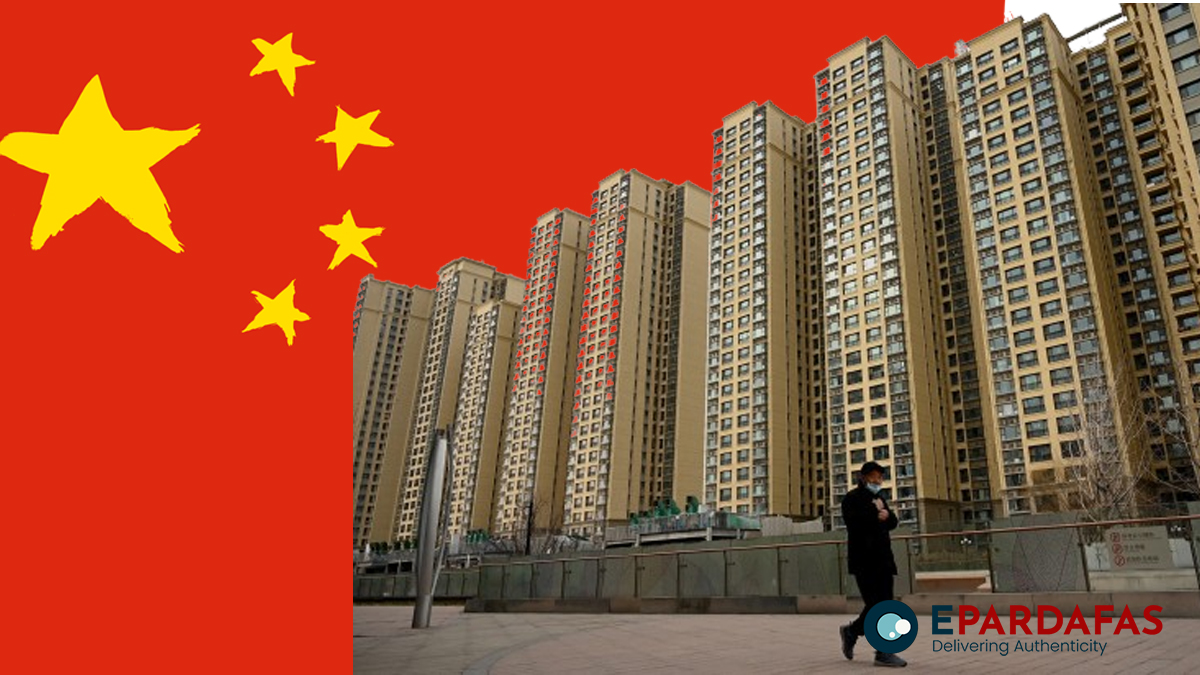The Japan Center for Economic Research (JCER) has issued a warning that if China’s real estate bubble were to burst and trigger a financial crisis, the nation’s economic growth could be stunted at around 1%, jeopardizing its ambitious goal of doubling gross domestic product (GDP) by 2035. The report underscores the far-reaching effects Beijing’s response to the property debt crisis could have on the country’s economic trajectory.
China’s economy has grappled with property market challenges for over two years, and the government’s plans to enhance financial support for real estate companies may impose an undue burden on the financial system. The JCER’s report, released on Monday, projects GDP growth for 18 Asia-Pacific countries and regions up to 2035, incorporating annual updates to reflect the latest policies and economic conditions.
In one of its risk scenarios, the JCER envisions a real estate bubble burst in 2027, coinciding with the end of President Xi Jinping’s third term. If mishandled, the crisis could lead to a slowdown in infrastructure and other investments as the government prioritizes debt repayment. The yuan could weaken, capital outflows might accelerate, and China’s real growth rate could dip to zero in 2027, compared to the baseline scenario of 3.2%. Post-2029, growth would linger below 1.5%.
The potential slowdown in China’s economy would also impact other economies through stagnant trade, with real growth rates for 17 countries and regions outside China projected to be 0.7 to 0.9 percentage points lower in 2027 than in the baseline scenario.
President Xi’s goal to double China’s nominal GDP and raise its nominal GDP per capita by 2035 could face significant challenges in the event of a major financial crisis. The report estimates that, in such a scenario, China’s nominal GDP in yuan terms in 2035 would be only 1.9 times that of 2020, with nominal GDP per capita in dollar terms slightly above $15,000.
Even in the baseline scenario, where no major economic crisis occurs, China’s real growth rate is expected to slow, dropping under 3% in 2029 and below 2% in 2035. The report suggests that eliminating financial risks associated with real estate and local finance troubles is crucial to achieving Xi’s economic goals.
The report also explores a scenario in which China implements reforms to reverse economic growth slowdown. By reducing financial risks and addressing opaque systems, promoting trade and easing tensions with the U.S., China could potentially enjoy real growth of 2.5% in 2035. However, even with progress on reforms, nominal GDP in that year would still be only around 80% of the U.S.’s, making it unlikely for China to surpass the U.S. economy.



Comments